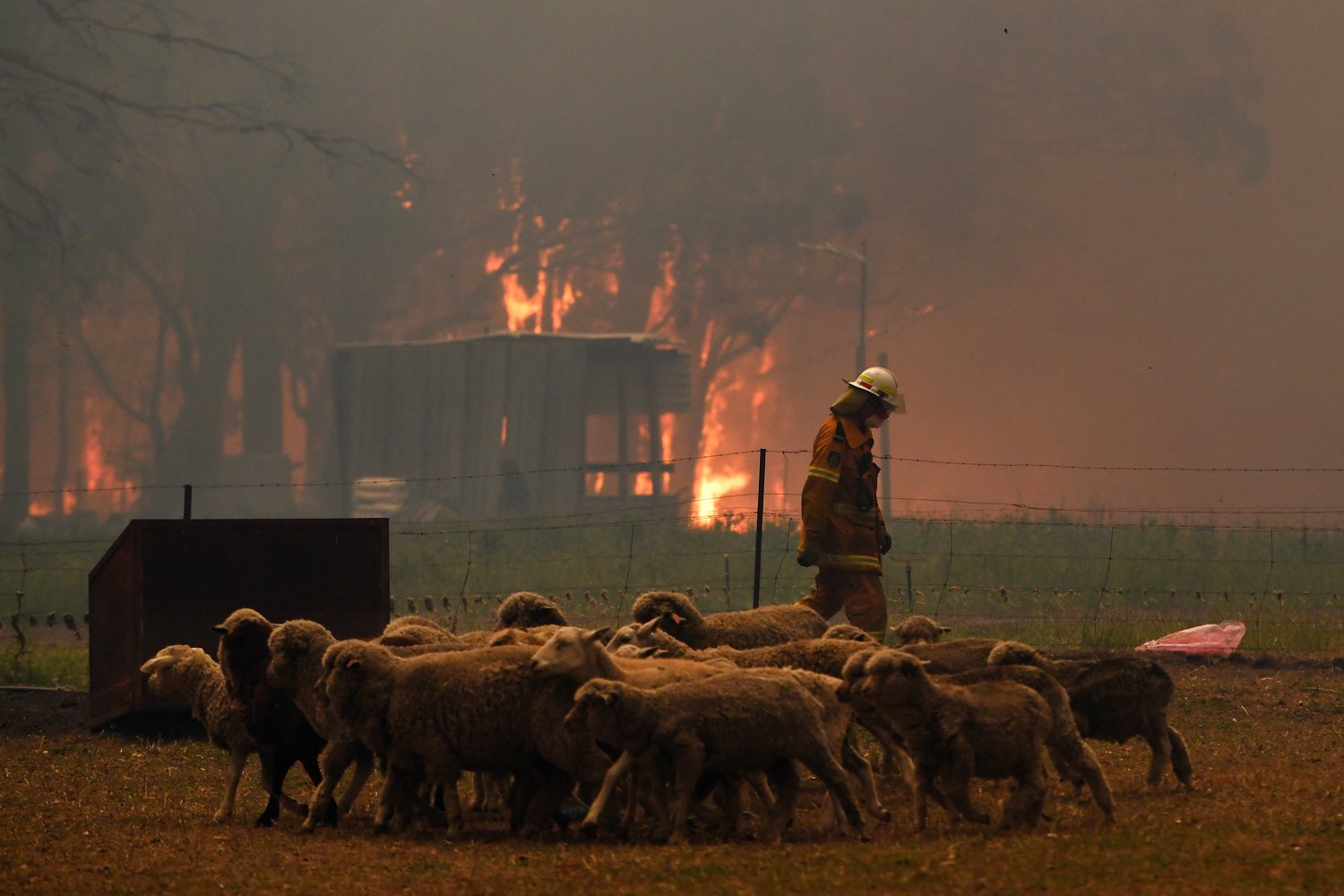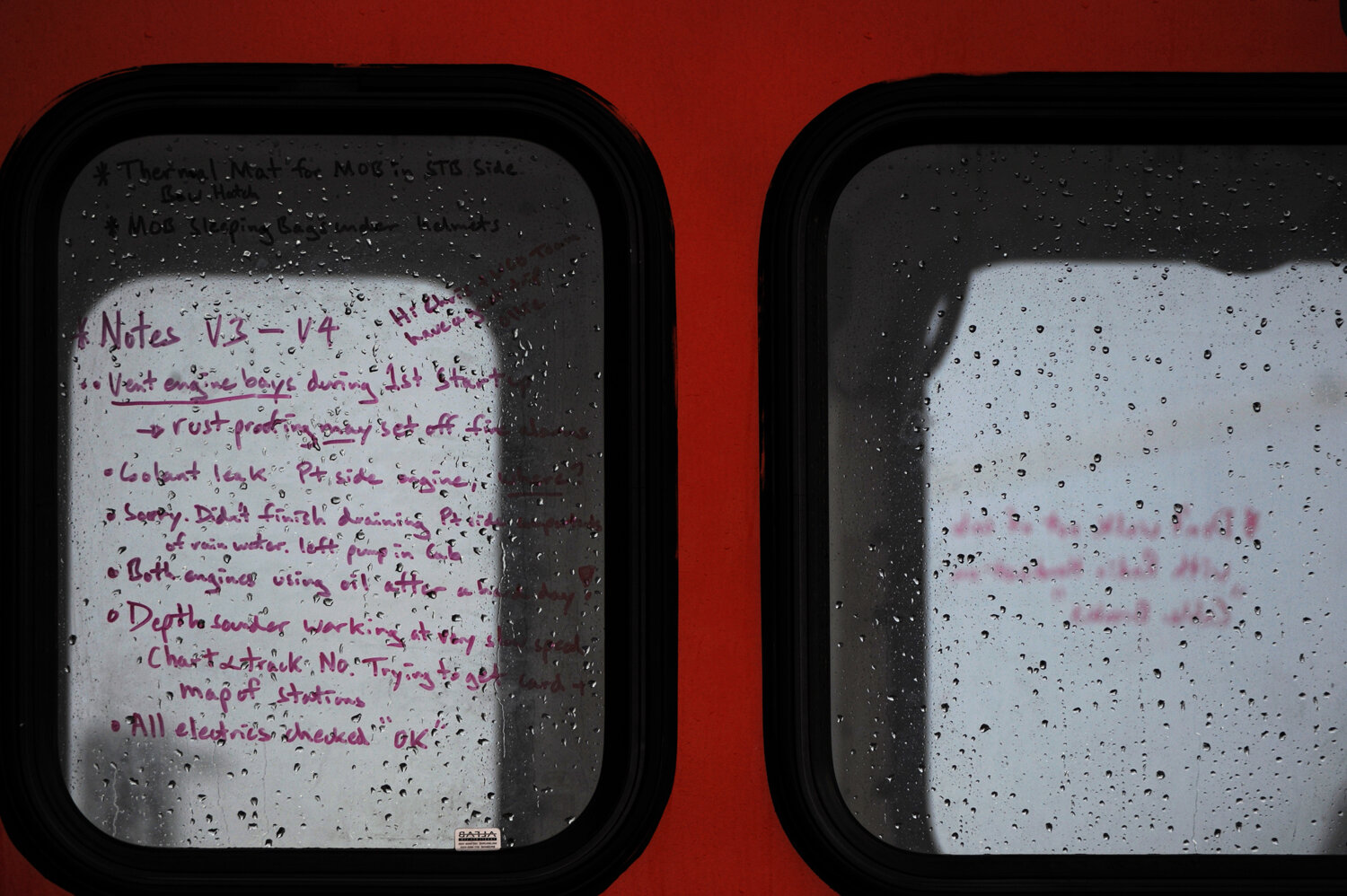Black Summer
The 2019–20 bushfire season, known as the Black Summer, was the most severe ever recorded in Australia, the fires burnt an estimated 24.3 million hectares, destroyed over 3,000 buildings, including 2,779 homes and killed at least 34 people. It was claimed that three billion terrestrial vertebrates – the vast majority being reptiles – were affected and some endangered species were believed to be driven to extinction.
Hundreds of fires burnt, mainly in the southeast of the country, until May 2020. The most severe fires peaked from December 2019 to January 2020. Economists estimated the bushfires – Australia's costliest natural disaster in history – may have cost over A$78–88 billion in property damage and economic losses. Nearly 80% of Australians were affected by the bushfires in some way. My coverage of the Black Summer bushfires extended from Taree in the north down to Bermagui in the south.


































Unrest in Timor Leste
On May 25th, 2006 Australian special forces deployed to the world’s newest country, Timor Leste (East Timor).The escalating violence was a result of a conflict between elements of the East Timorese military over discrimination within the military, and expanded to a coup attempt and general violence throughout the country, centred in the capital Dili. As the situation deteriorated the East Timorese President Mari Alkatiri called for an international intervention force headed by the Australian Government.
Some 1500 Australian soldiers entered the country, along with military personnel from New Zealand, Fiji, Malaysia and Portugal, in a bid to contain the violence and return law and order to the streets of Dili. The warring factions within the East Timorese military quickly called a truce, however, the violence moved to the street gangs and lasted for some weeks as running battles and arson attacks forced more than 150,000 people from their homes, seeking refuge at IDP camps set up at various churches and NGO compounds.









































Antarctica - Celebrating Mawson
In January 2012 I was given the opportunity to travel with the Australian Antarctic Division to Australia’s Antarctic territory to celebrate the 100th Anniversary of the landing of Sir Dougals Mawson.
Over five days Australia’s scientific research vessel the Aurora Australis, sailed from Hobart, Tasmania to Mawson’s Hut at Cape Denison, Antarctica.
The voyage was not just to celebrate the achievement of Mawson and his men, like Mawson’s expedition it was first and foremost scientific. Scientists and researchers from a variety of fields were making the voyage south to study, sea temperatures to krill numbers, glacial melting penguins and a small repair team to attend to Mawson’s Hut to ensure it lasts another 100 years.








































A Township Called Alex
Alexandra, or ‘Alex’ as it is commonly known, is the oldest and one of the poorest townships in the Gauteng Province, South Africa. Situated only 3 kms from Sandton, the financial heart of Johannesburg and bordering the industrial area of Wynberg and the Limbro Business Park. The almost complete lack of infrastructure makes living conditions extremely difficult. Crime is rampant, violence, building speculation and the absence of rent regulation are all problems that have afflicted Alexandra for many decades
Official estimates put the population at 350,000 people, unofficial estimates puts it at 700,000 people living in an area of less than 8 square kilometres.Alexandra is one of the poorest and most densely populated with residents living in informal dwellings, makeshifts shakes made from whatever can be found, or dormitory style hostels. Former South African President, Nelson Mandela lived in Alexandra for 3 years in the early 1940’s.
The Catch
They fish with nets directly off the beach, rowing their small timber boats out to drop the nets, then with the aid of a rusting old tractor, pull their catch onto the sand where holidaymakers and locals help clear the nets sort the fish for sale at the Sydney Fish Markets.
“We want to keep our dirt road and keep development out”.
That’s what is written on a hand painted sign on the road to Seal Rocks. In the small village of Seal Rocks on Australia’s East Coast, the local fisherman want to retain their 1940’s way of life.

















Camel Cup- Marree, South Australia
The Marree Australian Camel Cup is an annual event organised each year to raise funds to support essential services in the isolated outback town of Marree near Lake Eyre in South Australia.
It is also an acknowledgement of the amazing contributions made by the Afghan Cameleers and their descendants, many of whom still reside in the district.
Upto 500 visitors come to Marree race track, almost 700 klms north of Adelaide to watch and bet on the races including the Australian Camel Cup.

























